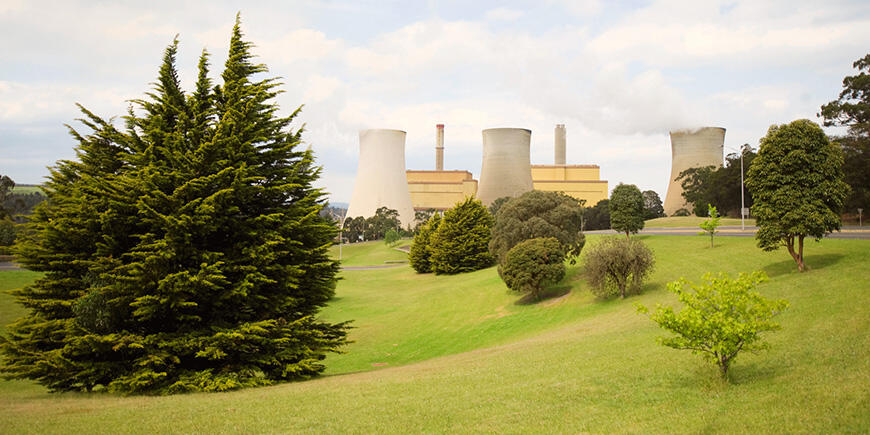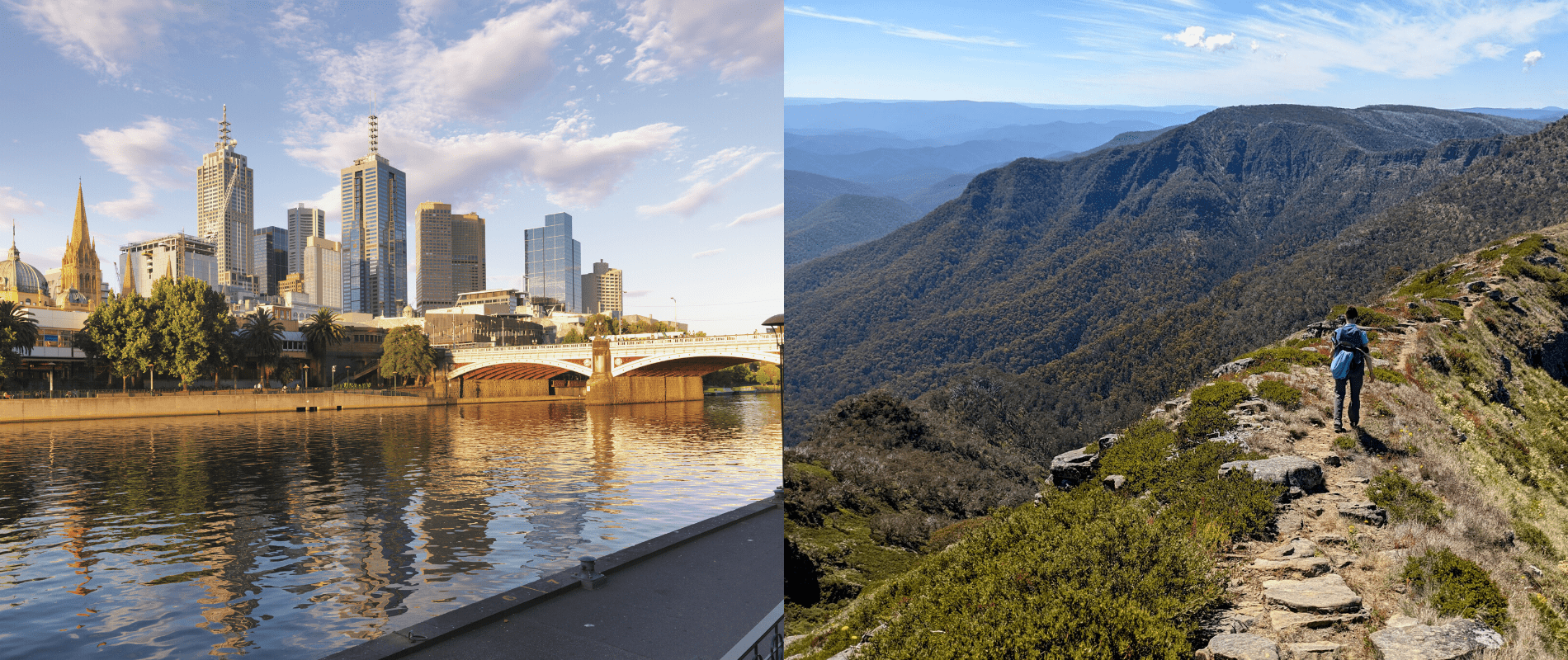Story by Pia Cunningham.
Pia is in her second year at ANU pursuing a Bachelor of Science. She is majoring in Resource and Environmental Management with a minor in Sustainable development. By travelling Australia on road trips or hiking, she sparked an interest in the agricultural landscape and how it will adapt to overcome the challenges we face.
In cities such as Melbourne, I often wonder at the energy, both in the air as the crowds shift and move, but also in the structures. The tram rumbling, people’s phones buzzing around you, electric bikes whizzing past, food sizzling and cooking in restaurants. Melbourne is a relatively small city on a global scale; despite this, the mass of energy required is astounding. In Licola, the soundscape includes the soft flow of the river, car engines running, the bridge rattling. But, both places, no matter how different, need energy. Our food must be farmed, transported and made using energy.
I recently drove from Melbourne, to Licola, skirting the mountain ranges Licola is nestled within. Along the journey are great monoliths. These wide concrete cylinders produce billowing clouds of white gas, and at the base, water pours from the concrete ledge of the cylinder into the base of the tower. I was aghast at the sight of them, the shear mass of gas was shocking and the water appeared to just be wasted? Luckily, these are the cooling towers, the gas is steam and the water falling goes back into the plant. They are a fantastic distraction from the actual star. The taller, narrower towers behind these appear insignificant in comparison. But if you look closely enough, a steady plume of brown gas floats away from the top.

The Yallourn Power Station provides 22% of Victoria’s electricity and 8% of Australia’s National Electricity Market (1). It uses 18 million tonnes of high moisture brown coal each year. The coal is mined just next door. Yallourn will be closing in 2028; this will be the next step in an already tumultuous history in coal for the area.
The coal industry is so engrained in the Latrobe Valley community, everyone was connected to it via family or friends (2). After years of the energy industry creating a strong sense of stability and economic prosperity, thousands of jobs were lost when the coal plants were privatised in the 1990s (3). The area has never fully recovered (4) from the business collapses, drop in house prices and massive economic adjustment (2). There is still fear of job losses with the looming closure of coal fired power plants (3). These fears are spurred with a prediction that coal plants may close three times faster than expected because of growth in the renewable energy industry (5). The climb in renewables is great, but no one wants to experience the depression of the post privatisation decades again (2).
So, what will I see next time I drive from Melbourne to Licola? The Latrobe agriculture industry is strong in dairy, meat, horticulture, and vegetable production (6). The valley receives high rainfall and has productive soils, but carbon pricing can have a significant impact especially on the dairy sector (6). Furthermore, collapse in the coal industry is collapse in the community.
While the electrical infrastructure could be transitioned to use in renewables (3) it is difficult to transition the community to a new industry (2), especially without a plan. Residents have requested a plan, (3) regardless of what side of politics it comes from. A national plan could provide some stability, so that the power plant owners and workers can plan accordingly. Not only that, but a gradual transition can provide stability in energy and improve our food security.
I guess the answer is, we don’t know what will be there next time. There is hope for progress and prosperity in renewables but there is also looming community economic collapse if there is no preparation for the new future of energy.
Next time you’re driving through Australia, have a think about where the energy you’re feeling around you comes from. We need power to farm, transport and make our food whether it’s the nicest Italian pasta Melbourne can offer, or rehydrated rice and dhal in the mountains. Whether it drives along a flat 3 lane freeway, or up a narrow winding mountain road.
Where will it come from? Who does it impact?
References:
- EnergyAustralia (2021) Yallourn Power Station, EnergyAustralia. Available at: https://www.energyaustralia.com.au/about-us/energy-generation/yallourn-power-station (Accessed: 21 January 2022).
- Ziffer, D. (2021) ‘Power transition: Coal communities don’t want to get burned as world changes’, ABC News, 7 November. Available at: https://www.abc.net.au/news/2021-11-08/coal-burning-future-fuel-emotions-in-regional-communities/100596172 (Accessed: 21 January 2022).
- Perkins, M. (2021) Latrobe Valley looks for a new future amid coal power plant closures, The Age. Available at: https://www.theage.com.au/national/victoria/power-shift-the-latrobe-valley-looks-for-a-new-future-again-20210923-p58u7i.html (Accessed: 21 January 2022).
- Whittaker, J. (2019) ‘Generation lost: Power, privatisation and the shrinking Latrobe Valley’, ABC News, 14 April. Available at: https://www.abc.net.au/news/2019-04-15/figures-show-latrobe-valley-youth-population-drop/11000784 (Accessed: 21 January 2022).
- Whittaker, J. (2021) ‘Coal-free Victoria could be just over a decade away, analysis suggests’, ABC News, 15 December. Available at: https://www.abc.net.au/news/2021-12-16/victorian-coal-plants-could-close-much-sooner-than-expected/100701790 (Accessed: 21 January 2022).
- Department of Planning and Community Development (2012) ‘The Latrobe Valley Industry and Employment Roadmap’. Regional Development Victoria. Available at: https://apo.org.au/sites/default/files/resource-files/2012-07/apo-nid69731.pdf (Accessed: 21 January 2022).
